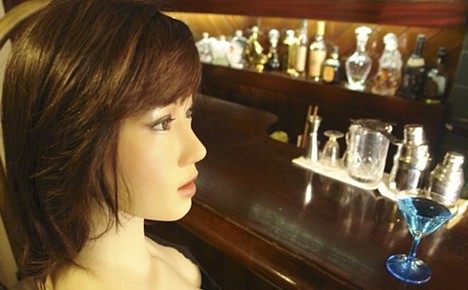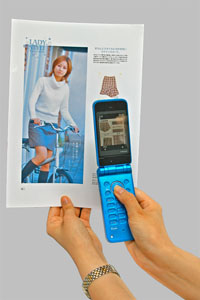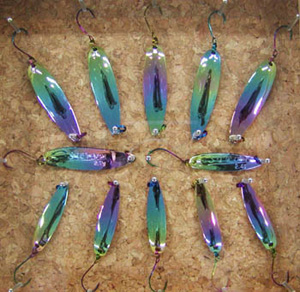
This October, Japan's National Science Museum (Ueno, Tokyo) will host an exhibit of monster-related cultural artifacts, including the mummies of a mermaid and tengu (long-nosed goblin), as well as a selection of items documenting other traditional Japanese monsters like the kappa.
Scheduled to run from October 17 to November 12, the exhibit will feature about 100 historical items concerning legendary beasts and apparitions (yokai) from the Edo period to the present day. The exhibit is organized by the National Science Museum and the Ikimono Bunkashi Gakkai, whose members include Imperial Prince Akishinomiya.
On September 19, experts armed with state-of-the-art equipment began taking X-rays of the mummified tengu and mermaid, which belong to the Hachinohe City Museum in Aomori prefecture. The specimens, both of which are about 30 centimeters long, are commonly believed to be artistic creations made sometime during the first half of the 19th century. The tengu is believed to be an elaborate sculpture whose materials include paper, the head of a monkey and the body of a bird. The mermaid, also regarded as a sculptural work, is believed to consist of a wooden upper body attached to the tail of an actual fish.
The exhibit will feature the X-rays of both creatures.
[Source: Kyodo via Weekly Teinou Bee Woman]



 On September 13, Fujitsu unveiled a new type of "invisible" barcode, called FP (Fine Picture) code, which allows data to be embedded directly into color print photographs. FP code consists of a series of faint yellow lines -- said to be invisible to the naked eye -- which are overlaid on the photograph during the printing process. Once encoded, a photograph can retain its original quality while serving as an "
On September 13, Fujitsu unveiled a new type of "invisible" barcode, called FP (Fine Picture) code, which allows data to be embedded directly into color print photographs. FP code consists of a series of faint yellow lines -- said to be invisible to the naked eye -- which are overlaid on the photograph during the printing process. Once encoded, a photograph can retain its original quality while serving as an " Dreaming of owning a pony, but anxious about taking on the necessary responsibilities? Fret no more, there's an alternative. By the end of the year,
Dreaming of owning a pony, but anxious about taking on the necessary responsibilities? Fret no more, there's an alternative. By the end of the year,  Major vacuum equipment manufacturer
Major vacuum equipment manufacturer